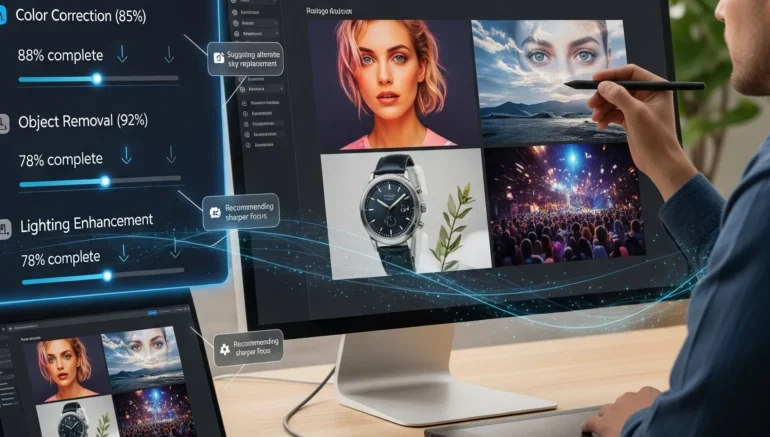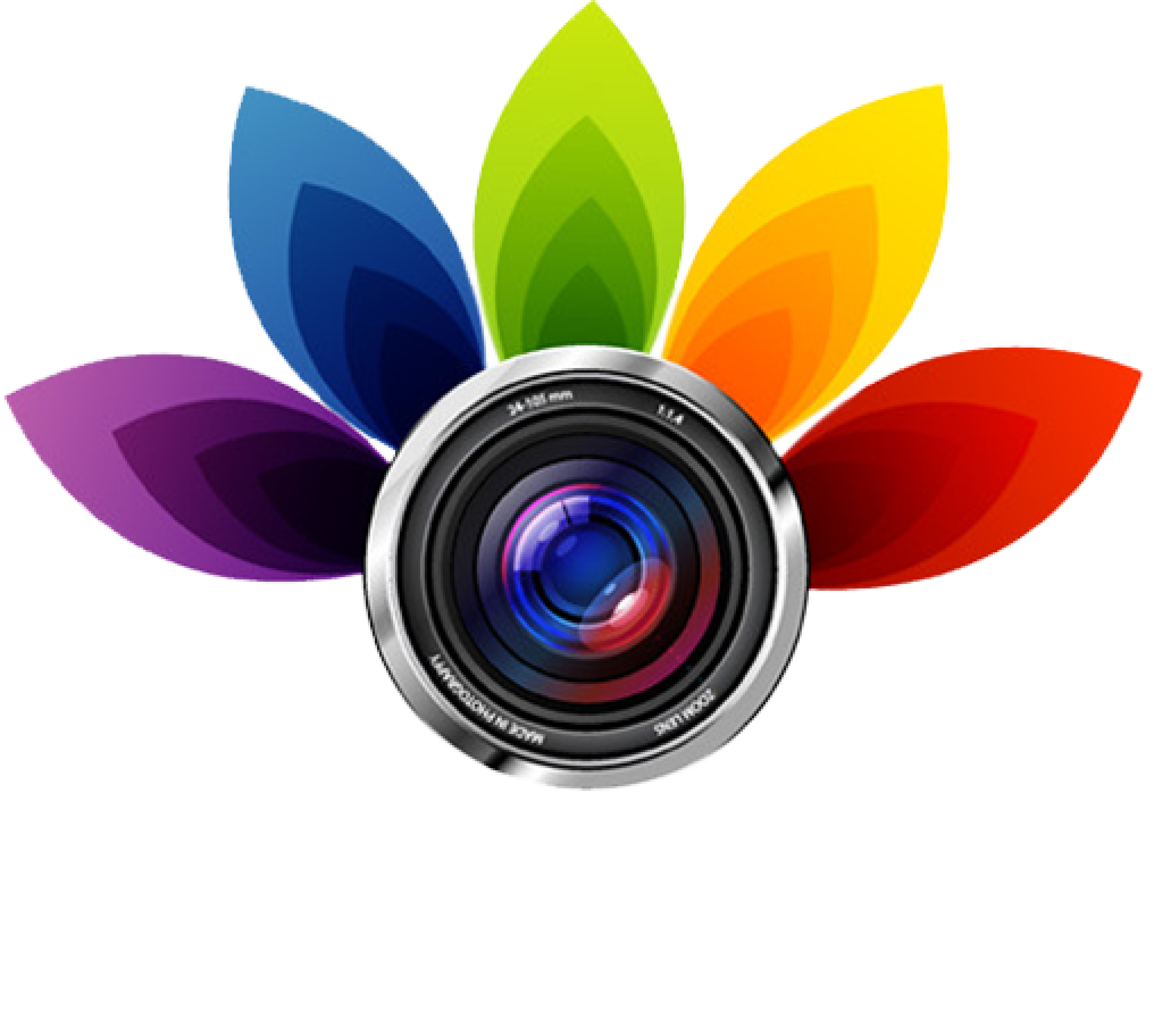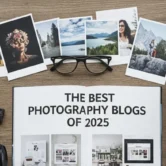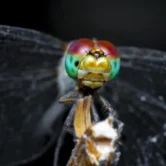
Top 10 Editing Scenarios Where AI and Human Work Best Together
Editing has come a long way, and today, AI and humans work best together to create faster, smarter, and more efficient results. From fixing colors to removing unwanted objects, AI can handle repetitive tasks in seconds; things that used to take hours. But AI alone isn’t perfect. Human creativity, judgment, and attention to detail are still important to bring out the best in every photo. When humans team up with AI, the results can be impressive, saving time while keeping images natural and polished.
In this article, we’ll explore 10 editing scenarios that show how humans and AI work best together. You’ll see examples where AI does the heavy lifting, while humans make the final creative decisions. This combination allows for faster workflows, better quality, and more freedom to focus on the artistic side of editing. If you’re a beginner or a professional, these scenarios highlight the power of collaboration between technology and human skill. By the end, you’ll understand why AI isn’t replacing humans; it’s making our work stronger and more efficient.
AI and Humans Work Best Together in Color Correction
 Color correction is one of the areas where AI and humans really shine when they work together. AI tools can quickly adjust brightness, contrast, and colors across a batch of photos, saving hours of manual work. These tools can detect areas that are too dark or too vibrant and make automatic corrections, which is especially helpful for large projects. However, AI can’t always understand the mood or style you want for a photo. That’s where humans come in. With a human touch, you can fine-tune colors to match the story or feeling of the image, keeping it natural and visually appealing.
Color correction is one of the areas where AI and humans really shine when they work together. AI tools can quickly adjust brightness, contrast, and colors across a batch of photos, saving hours of manual work. These tools can detect areas that are too dark or too vibrant and make automatic corrections, which is especially helpful for large projects. However, AI can’t always understand the mood or style you want for a photo. That’s where humans come in. With a human touch, you can fine-tune colors to match the story or feeling of the image, keeping it natural and visually appealing.
Here are some tips to get the best results:
- Use AI to handle the initial adjustments quickly.
- Review the AI changes and tweak colors for skin tones or scenery.
- Compare before and after images to make sure the result feels natural.
- Focus on maintaining consistency if you’re editing a series of photos.
- Don’t be afraid to experiment with soft color tweaks to improve the mood.
Removing Unwanted Objects with AI Assistance
 Removing unwanted objects from a photo is much faster and simpler when AI and humans work together. AI tools can detect and remove distractions, such as trash, power lines, or photobombers, in just a few clicks. This saves a lot of time compared to manually erasing each element. However, AI may not always perfectly blend the removed area with the surrounding background. That’s where humans step in to refine the edits, making sure the photo looks natural and seamless. By combining AI speed with human attention to detail, you can clean up your images without losing authenticity.
Removing unwanted objects from a photo is much faster and simpler when AI and humans work together. AI tools can detect and remove distractions, such as trash, power lines, or photobombers, in just a few clicks. This saves a lot of time compared to manually erasing each element. However, AI may not always perfectly blend the removed area with the surrounding background. That’s where humans step in to refine the edits, making sure the photo looks natural and seamless. By combining AI speed with human attention to detail, you can clean up your images without losing authenticity.
Here are some tips for better results:
- Let AI remove large or obvious distractions first.
- Check edges and textures and fix any areas that look unnatural.
- Zoom in to make small details are smooth and consistent.
- Use human judgment to decide if an object should stay or go for storytelling purposes.
- Always compare the edited image with the original to maintain realism.
AI and Humans Work Best Together in Photo Retouching
 Photo retouching is an area where AI and humans truly complement each other. AI can quickly handle repetitive tasks like smoothing skin, removing blemishes, or brightening eyes, which saves a lot of time. However, AI doesn’t always understand the personality or natural look of the subject. Humans are important for making fine adjustments that preserve the subject’s unique features and expression. By combining AI efficiency with human judgment, retouched photos look polished without feeling over-edited or artificial.
Photo retouching is an area where AI and humans truly complement each other. AI can quickly handle repetitive tasks like smoothing skin, removing blemishes, or brightening eyes, which saves a lot of time. However, AI doesn’t always understand the personality or natural look of the subject. Humans are important for making fine adjustments that preserve the subject’s unique features and expression. By combining AI efficiency with human judgment, retouched photos look polished without feeling over-edited or artificial.
Here are some tips for effective photo retouching:
- Use AI for basic corrections like skin smoothing and minor imperfections.
- Review AI edits and adjust tones to maintain natural skin colors.
- Focus on small details, such as highlights, shadows, or hair strands.
- Avoid over-editing to keep the subject looking authentic.
- Compare the final image with the original to assure balance and realism.
Cropping and Resizing for Better Composition
 Cropping and resizing photos is a task where AI and humans can achieve great results together. AI can quickly suggest crop areas based on the main subject, balance, or common composition rules, saving time and effort. It can also automatically resize images for different platforms or purposes without distorting key elements. However, AI may not always understand the story or emotion you want to convey in a photo. Humans are needed to make final decisions on framing, making the composition highlights the most important parts and creates the right visual impact.
Cropping and resizing photos is a task where AI and humans can achieve great results together. AI can quickly suggest crop areas based on the main subject, balance, or common composition rules, saving time and effort. It can also automatically resize images for different platforms or purposes without distorting key elements. However, AI may not always understand the story or emotion you want to convey in a photo. Humans are needed to make final decisions on framing, making the composition highlights the most important parts and creates the right visual impact.
Here are some tips for better cropping and resizing:
- Let AI provide initial crop suggestions for efficiency.
- Check the framing and adjust to emphasize the subject or story.
- Keep important elements away from edges to avoid cutting them off.
- Resize images for their intended platform while maintaining quality.
- Experiment with different crop ratios to see what works best visually.
AI and Humans Work Best Together in Improving Lighting
 Improving lighting is one of the areas where AI and humans work best together to improve photos. AI can quickly detect underexposed or overexposed areas and make automatic adjustments to brightness, contrast, and shadows. This helps save time and creates a balanced image in seconds. However, AI may not always take the exact mood or atmosphere you want for the photo. Humans are important for fine-tuning the light, adding warmth or highlights, and making sure the final result feels natural and intentional.
Improving lighting is one of the areas where AI and humans work best together to improve photos. AI can quickly detect underexposed or overexposed areas and make automatic adjustments to brightness, contrast, and shadows. This helps save time and creates a balanced image in seconds. However, AI may not always take the exact mood or atmosphere you want for the photo. Humans are important for fine-tuning the light, adding warmth or highlights, and making sure the final result feels natural and intentional.
Here are some tips for improving lighting effectively:
- Use AI to fix basic exposure and brightness issues first.
- Adjust highlights and shadows manually to match the scene’s mood.
- Pay attention to skin tones and natural colors when editing portraits.
- Experiment with light improvements to create depth and dimension.
- Compare the edited photo with the original to maintain authenticity.
Background Replacement Made Simple
 Background replacement is a task where AI and humans work efficiently together to create polished photos. AI can quickly detect the subject and remove the original background, which saves a lot of time compared to manual selection. It can also suggest replacement backgrounds based on common themes or settings. However, AI may not always perfectly blend the new background with the subject, and some details might need human attention. Humans are necessary to refine edges, adjust lighting, and make the final image looks natural and seamless.
Background replacement is a task where AI and humans work efficiently together to create polished photos. AI can quickly detect the subject and remove the original background, which saves a lot of time compared to manual selection. It can also suggest replacement backgrounds based on common themes or settings. However, AI may not always perfectly blend the new background with the subject, and some details might need human attention. Humans are necessary to refine edges, adjust lighting, and make the final image looks natural and seamless.
Here are some tips for effective background replacement:
- Let AI isolate the subject first to speed up the process.
- Choose a background that complements the subject’s colors and mood.
- Manually adjust edges to avoid harsh lines or unnatural borders.
- Match lighting and shadows between the subject and the new background.
- Review the final image to make sure that it feels realistic and balanced.
Batch Editing to Save Time and Effort
 Batch editing is a task where AI and humans work best together to handle multiple photos efficiently. AI can apply adjustments like color correction, resizing, or noise reduction to a group of images at once, saving hours of repetitive work. This is especially useful for event photography, product catalogs, or social media content. However, AI may not always get every image perfectly right, and some photos might need individual attention. Humans are needed to review and tweak each image, making sure to it’s consistency and quality across the entire batch.
Batch editing is a task where AI and humans work best together to handle multiple photos efficiently. AI can apply adjustments like color correction, resizing, or noise reduction to a group of images at once, saving hours of repetitive work. This is especially useful for event photography, product catalogs, or social media content. However, AI may not always get every image perfectly right, and some photos might need individual attention. Humans are needed to review and tweak each image, making sure to it’s consistency and quality across the entire batch.
Here are some tips for effective batch editing:
- Use AI to apply standard edits to save time on repetitive tasks.
- Review the batch to check for any errors or inconsistencies.
- Make small manual adjustments to maintain natural colors and lighting.
- Keep a consistent style throughout the batch for uniform results.
- Prioritize important images for extra human touch when needed.
AI and Humans Work Best Together in Adding Special Effects
 Adding special effects to photos is another area where AI and humans work best together. AI can quickly apply filters, lighting effects, or artistic touches across multiple images, giving you a strong starting point. This saves time compared to manually creating effects from scratch. However, AI may not always match the exact style or mood you want for your photo. Humans are needed for fine-tuning effects, adjusting intensity, and making sure the final image feels natural and visually appealing. Together, AI and human creativity can produce striking results without overdoing it.
Adding special effects to photos is another area where AI and humans work best together. AI can quickly apply filters, lighting effects, or artistic touches across multiple images, giving you a strong starting point. This saves time compared to manually creating effects from scratch. However, AI may not always match the exact style or mood you want for your photo. Humans are needed for fine-tuning effects, adjusting intensity, and making sure the final image feels natural and visually appealing. Together, AI and human creativity can produce striking results without overdoing it.
Here are some tips for adding special effects:
- Let AI suggest or apply base effects to save time.
- Adjust the strength of effects manually for a natural look.
- Combine multiple effects softly to improve mood and style.
- Use human judgment to make sure that effects match the story of the photo.
- Review the final image to avoid over-processing or unnatural colors.
Fine-Tuning Details with Human Creativity
 Fine-tuning details is where human creativity truly shines, even when AI handles most of the heavy work. AI can quickly identify areas for improvement, such as minor color adjustments, sharpness, or exposure fixes. However, humans are important for noticing small elements that AI might miss, like expression, mood, or small imperfections. By focusing on these details, humans can make sure that each photo looks polished, authentic, and visually appealing. This combination allows editors to balance efficiency with artistry, producing high-quality results every time.
Fine-tuning details is where human creativity truly shines, even when AI handles most of the heavy work. AI can quickly identify areas for improvement, such as minor color adjustments, sharpness, or exposure fixes. However, humans are important for noticing small elements that AI might miss, like expression, mood, or small imperfections. By focusing on these details, humans can make sure that each photo looks polished, authentic, and visually appealing. This combination allows editors to balance efficiency with artistry, producing high-quality results every time.
Here are some tips for fine-tuning details effectively:
- Review AI edits carefully and make soft adjustments where needed.
- Pay attention to small elements like highlights, shadows, and textures.
- Adjust details to preserve the natural look of subjects.
- Assure consistency across a series of photos while maintaining individuality.
- Use human judgment to improve storytelling or mood in the image.
Final Review and Proofing for Perfect Results
 Final review and proofing are the last steps where AI and humans work best together to make sure that every photo is perfect. AI can quickly scan images for technical issues like exposure, color balance, or sharpness, helping to catch mistakes that are easy to overlook. However, AI may miss creative or storytelling elements, which is why human review is necessary. Humans can check composition, mood, and consistency across all photos, making adjustments to maintain a natural and polished look. This teamwork makes sure that the final images are professional, balanced, and visually appealing.
Final review and proofing are the last steps where AI and humans work best together to make sure that every photo is perfect. AI can quickly scan images for technical issues like exposure, color balance, or sharpness, helping to catch mistakes that are easy to overlook. However, AI may miss creative or storytelling elements, which is why human review is necessary. Humans can check composition, mood, and consistency across all photos, making adjustments to maintain a natural and polished look. This teamwork makes sure that the final images are professional, balanced, and visually appealing.
Here are some tips for effective final review and proofing:
- Use AI to detect technical flaws quickly and efficiently.
- Manually check for creative elements such as storytelling and composition.
- Compare edited images with the original to maintain authenticity.
- Assure consistency in style, colors, and lighting across all photos.
- Take breaks and review with fresh eyes to catch overlooked details.
Conclusion
When humans and AI work together, photo editing becomes faster, smarter, and more creative. AI handles the repetitive tasks, while humans add the judgment, creativity, and personal touch that make each image unique. This teamwork helps photos look polished and professional without losing their natural feel. By combining strengths, we can focus on the art of storytelling, composition, and style rather than getting bogged down in tedious work. Have you tried using AI in your editing process? Share your experiences or favorite tips in the comments, we’d love to hear how you make AI and human creativity work best together.
Read Next: Top 10 AI Editing Barriers That Require Manual Photo Editing Skills





